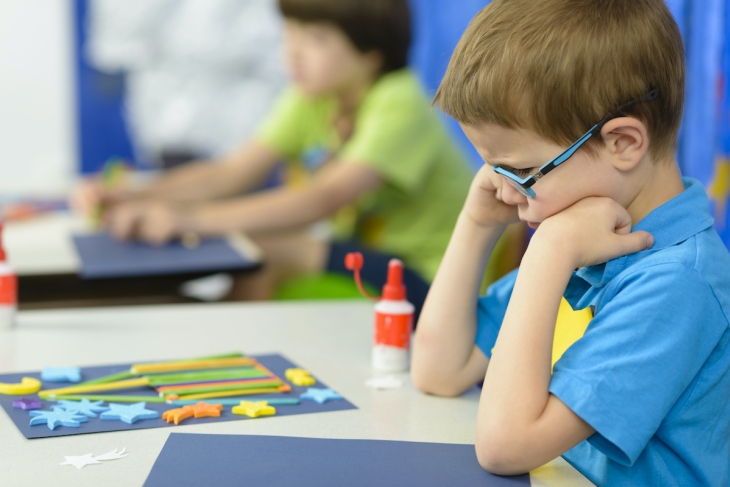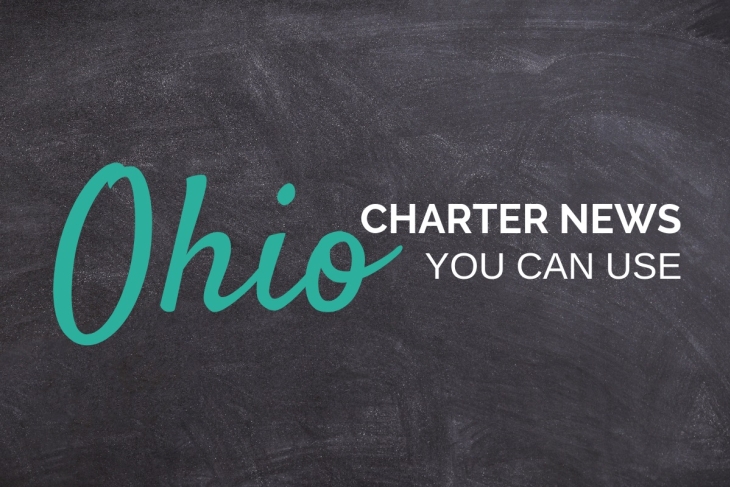Over the past decade, childhood diagnoses of attention-deficit/hyperactivity disorder (ADHD) have risen by 41 percent. ADHD is the most common neurobehavioral disorder seen in U.S. children, with up to 6.4 million kids ages four to seventeen—nearly 11 percent of all American children in that age range—having been diagnosed. Most of those children are referred for diagnosis by their schools due to behaviors observed in classrooms. Previous research provides conflicting information regarding the positive and negative outcomes of ADHD diagnoses. Some studies suggest that increased scrutiny and impatience in class faced by students diagnosed with ADHD may mitigate some of the benefits shown by medication treatment in alleviating previously-observed behaviors. A new study by sociologist Jayanti Owens of Brown University posits that the severity of ADHD-related behaviors observed pre-diagnosis might hold a clue to clearing up the conflicting information.
Owens’s data come from the Early Childhood Longitudinal Study-Kindergarten Cohort of 1998–1999 (ECLS-K) collected by the National Center for Education Statistics. While they are decades old at this point, the ECLS-K data are rich in detail and provide access to multiple behavioral reports which, while not exactly the same in their criteria of inattention, hyperactivity, and impulsivity, do correlate strongly with modern ADHD screener tests. It should be noted that these are in-class behaviors—both pre- and post-diagnosis—reported by teachers. The data also include the diagnosis and treatment information for a number of childhood disorders including ADHD.
To be included in the study, children needed to be present in all six annual ECLS-K study cohorts from kindergarten through fifth grade (1998–2003). The final sample includes 9,260 fifth graders, representing a 77 percent retention rate from the initial kindergarten cohort. Due to attrition, the final sample is not nationally representative. The children in the study are more likely to be white, have mothers with slightly higher educational levels, and have slightly lower inattentive behavior scores at baseline. However, the fifth-grade sample is not significantly different from the baseline sample in their kindergarten achievement scores or hyperactive/impulsive behaviors scores.
Since the behavior reports were scale-scored, Owens was able to create two groups of students—those with mild or severe behaviors—and to compare students just above and just below the dividing line. She undertakes two analyses, first comparing diagnosed and otherwise comparable undiagnosed children; second, she compares diagnosed children who are medicated to those who are unmedicated.
Now for the findings. Generally, medication appears to have consistently large and significant benefits—namely, reduced ADHD-related behaviors reported for students in fifth grade—but only for children with more severe reported behaviors prior to diagnosis. However, diagnosed and medicated children who had less severe prediagnosis behaviors fare nearly the same as diagnosed and unmedicated children with more severe prediagnosis problems. Moreover, they fare significantly worse than diagnosed and medicated children who had more severe prediagnosis behavior problems. In other words, medicated children with mild ADHD-related behaviors pre-diagnosis see worse behavior reports after diagnosis and treatment. There is far more at play than simply behavior and medical mitigation. This research points to a tangle of implicated social, psychological, and medical processes, including those that are potentially positive (e.g., medication) and potentially negative (e.g., social labeling). And the non-nationally-representative sample may actually play a part.
In an interview published in Hechinger regarding this study, Owens explains: “[W]hen you have kids for whom it is not a clear-cut ADHD diagnosis… Oftentimes educated parents from high social class backgrounds assume that more services for their kids are better than fewer services. And in those subsets of instances, where it’s not a clear-cut diagnosis, this research is showing is that the stigma of being labeled as ADHD can outweigh the benefits of the services.”
Medical research in recent years has pointed to both under- and overdiagnosis of ADHD in children. Perhaps this new data, examined at the intersection of education and ADHD, can help untangle the various conflicting and tangled threads.
SOURCE: Jayanti Owens, “Relationships between an ADHD Diagnosis and Future School Behaviors among Children with Mild Behavioral Problems,” Sociology of Education (March 2020).









